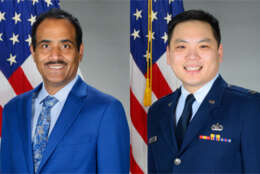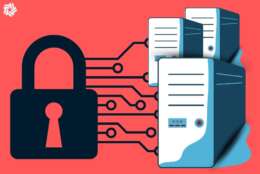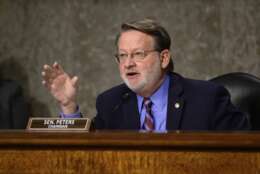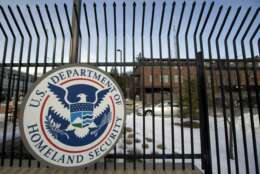zero trust
-
CISA is hosting webinars, promoting guidance and updating its programs to help agencies know what’s necessary to meet the goals of the White House’s Zero Trust Strategy. We get the details from CISA’s John Simms at the Zero Trust Cyber Exchange.
June 24, 2022 -
The Department of the Navy is creating identity services to support organizations and users across the Navy and Marine Corps — but also that will integrate with zero trust efforts across DoD. We talk to a trio of leaders focused on this work during the Zero Trust Cyber Exchange.
June 24, 2022 -
In its next version of the Zero Trust Maturity Model, slated for release by the fall, CISA aims to balance broad support with bespoke help for agencies, CISA’s Eric Goldstein says at the Zero Trust Cyber Exchange.
June 24, 2022 -
By leaning into the DevSecOps path already paved by Platform One, the Air Force’s zero trust team intends to pilot and then scale out zero trust across the service. We talk with the service’s Raju Ranjan and Capt. Christopher Kodama during the Zero Trust Cyber Exchange.
June 24, 2022 -
The Technology Modernization Fund Board made three awards to USDA, DHS and FTC for a total of $94.8 million for network and cyber efforts.
June 22, 2022 -
Dr. Matthew McFadden, vice president for cyber at GDIT, explains how artificial intelligence and machine learning can dynamically analyze behaviors across the network, identify unusual activity that poses a risk, and automatically take action to contain threats.
June 13, 2022 -
During this exclusive webinar, we will explore some of the challenges that organizations have faced in moving toward zero trust and evolving their identity and access management strategies. Agency leaders will discuss their considerations and recommendations for balancing security with customer service for both their citizens and their employees.
June 03, 2022 -
Achieving a secure zero trust environment requires a crucial shift in how government agencies and commercial enterprises view and execute network security, starting with contextualizing network activity.
April 29, 2022 -
There’s an unsettling reality that the federal technology community is facing: the SolarWinds and Kaseya breaches could have happened to almost any other company
April 22, 2022 -
At first blush, it might seem like agency chief data officers would be hampered by the move to a “zero trust” cybersecurity posture.
April 21, 2022 -
Federal IT compliance is only enforced through self-reporting, so tracking action taken on security guidance is hard. Here’s why independent third-party capability is needed to monitor, track and verify compliance across the federal government.
April 20, 2022 -
The White House recently received some expert advice about its signature cybersecurity initiative, namely to get every agency to move to zero trust systems architectures.
April 15, 2022 -
The plans describe how each agency proposes to adopt a zero trust architecture by the end of fiscal year 2024.
April 06, 2022 -
In today's Federal Newscast, a bi-partisan group of Senators are taking aim at organizational conflicts of interest among federal contractors.
March 29, 2022 -
The budget request outlines a "strategic shift" in federal cybersecurity efforts after incidents like SolarWinds and Log4j.
March 28, 2022












